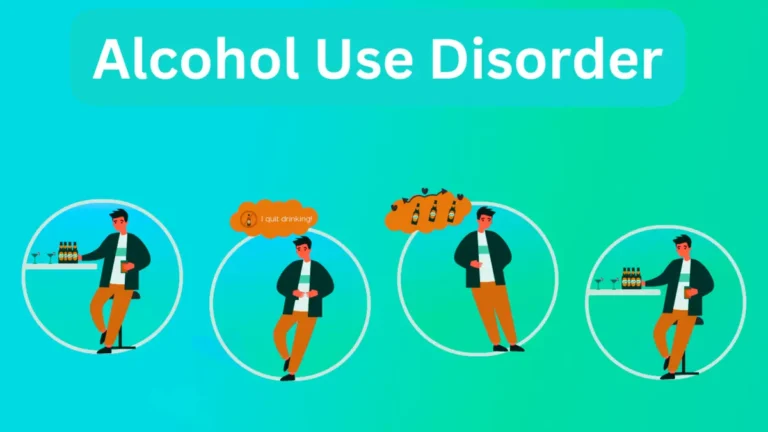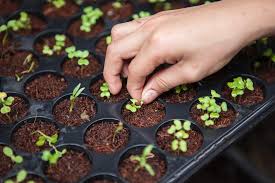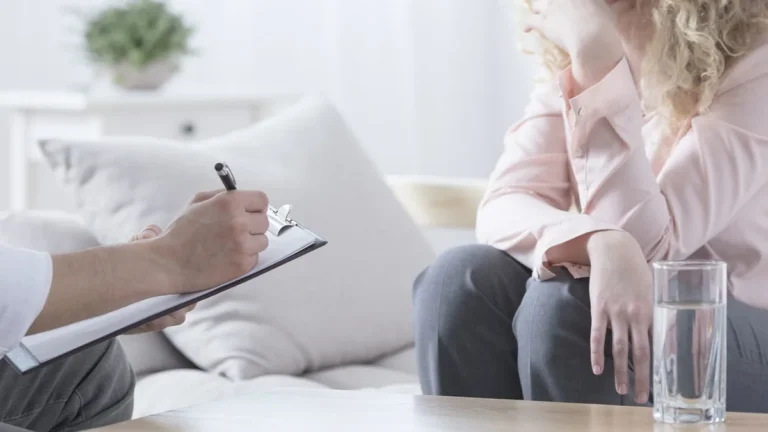How to treat basic home injuries at home – Home First aid basics
An injury can happen anywhere, anytime, even in your own home. You can call an emergency service and wait for them while seeing your blood flowing everywhere. The average time of ambulance arrival is around 18 minutes and a lot can go wrong in these 18 minutes. That is why many emergency experts are now advising people to get some basic first-aid training.
In this topic, we will talk about some basic first-aid injuries and how to treat them.
- Concussions:
A concussion is the most common injury that you can have anywhere due to a hit or blow to the head. The most common symptoms of concussion are headache, confusion, dizziness, sensitivity to light, etc. It is a kind of brain injury that is usually not life-threatening but you should get it checked if the symptoms persist for more than 2 days.
First aid for Concussions:
Place a bag of ice cubes over the injured part and let it rest for a while to avoid swelling and ensure no bleeding from it. The brain inside the skull is also shaken inside the skull due to the head blow and it could lead to a serious head injury so make sure not to stay still and wait for the medical professionals to come.
- Cuts and Scrapes
Cuts and scrapes are common minor injuries that break the skin’s surface, often occurring during everyday activities at home. While usually not serious, prompt treatment is important to prevent infection and promote healing. Knowing how to clean and dress these wounds properly is essential for caregivers.
First Aid for Cuts and Scrapes
For cuts and scrapes, clean the wound with cool water to remove dirt or debris. Apply gentle pressure with a clean cloth to stop any bleeding. Once bleeding has stopped, apply antiseptic cream or solution to prevent infection. Cover the wound with a bandage or sterile gauze pad to keep it clean. Remember to change the dressing regularly and watch for signs of infection, like increased redness or swelling. Seek medical attention promptly if the wound is deep or shows signs of infection. These steps help effectively treat cuts and scrapes at home.
- Burns and Scalds
Burns and scalds happen when the skin gets too hot from hot water, steam, or flames. They can occur anywhere at home, like in the kitchen or bathroom. Burns and scalds vary in severity and can range from mild discomfort to serious injuries. Quick treatment is important to ease pain, prevent infection, and help the skin heal. Knowing what to do right away can significantly affect how well someone recovers from a burn or scald.
First Aid For Burns and Scalds
When faced with burns and scalds, it’s crucial to implement emergency first aid promptly. Begin by removing the heat source and then proceed to cool the affected area under cold running water for at least 10 minutes. It’s important to avoid using ice or ice-cold water as they may further harm the skin. Once the burn is adequately cooled, cover it with a sterile dressing or clean cloth to prevent infection. Remember not to apply creams or ointments. For severe burns or those affecting sensitive areas, seek medical attention promptly. Keep an eye out for signs of shock, such as pale skin or a rapid heartbeat, and if present, seek emergency help immediately. By following these steps, you can provide effective emergency first aid for burns and scalds at home.
- Falls:
Falls are a leading cause of home injuries, especially among young children and the elderly. They can occur on stairs, slippery floors, uneven surfaces, or while reaching for items on high shelves.
First Aid for Falls:
If someone falls, ensure their safety, check for injuries, especially to the head, neck, or back. If they’re hurt or unconscious, call for help immediately. For minor injuries, apply ice packs to reduce swelling. Monitor for signs of serious injury, like trouble moving or confusion. When in doubt, seek medical help.
- Sprains and Strains
- Sprains and strains can occur from overexertion, lifting heavy objects improperly, or sudden movements that cause stretching or tearing of muscles or ligaments.
- First Aid for Sprains and Strains
For sprains or strains, rest the injured area, apply an ice pack to reduce swelling, elevate the limb, and use a bandage for support. Pain relievers like ibuprofen can help, but see a doctor if pain persists or movement is limited. Rest and care typically lead to recovery.
- Insect Bites and Stings
Insects like mosquitoes, bees, wasps, and ants can bite or sting, causing pain, itching, and sometimes allergic reactions.
First Aid for Insect Bites and Stings
If bitten or stung, remove the stinger, wash with soap and water, apply a cold pack, and use a baking soda paste for itching. Watch for severe reactions and seek medical help if needed. Keep the area clean and monitor for signs of infection.
Conclusion:
In summary, mastering basic home first aid ensures swift and effective responses to common injuries, promoting safety and peace of mind for all.







